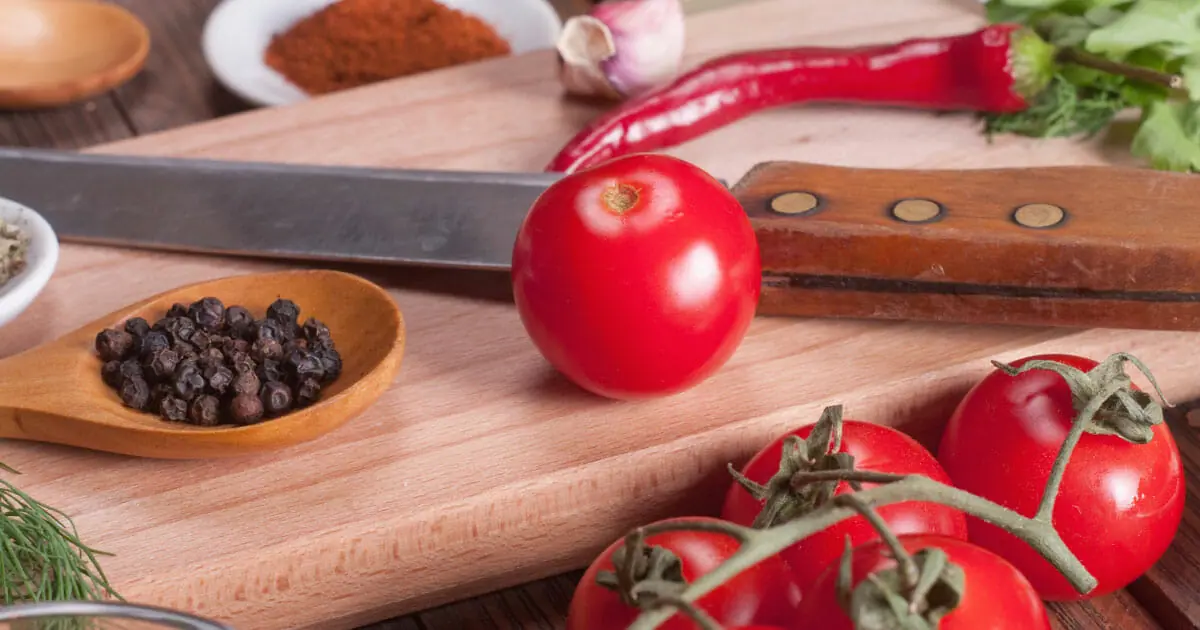Keeping a cutting board in top condition is essential for both home cooks and kitchen professionals. While a sturdy cutting board is a must-have kitchen tool, it doesn’t last forever and knowing when to replace cutting board is crucial for hygiene and efficiency.

Introduction
A cutting board is one of the most frequently used tools in any kitchen, whether you are a home cook or a professional chef. It is essential to know when to replace cutting board to maintain cleanliness and avoid cross-contamination. In this article, we will provide a comprehensive guide on the signs that indicate its time to retire your current cutting board and invest in a new one.

Types of Cutting Boards
Wooden Cutting Boards
Wooden cutting boards are durable and have natural antimicrobial properties. They are usually the preferred choice among professional chefs.
Plastic Cutting Boards
Plastic cutting boards are affordable and easy to clean. However, they are known to absorb odors and stains over time.
Bamboo Cutting Boards
Bamboo cutting boards are eco-friendly and have natural antimicrobial properties. They are harder than wooden boards and can be gentler on knives.

Signs It’s Time to Replace Your Cutting Board
Deep Grooves and Knife Marks
Deep grooves and knife marks on your cutting board are not just unsightly but can also harbor bacteria. If your cutting board has several deep grooves, it’s time to replace it.
Discoloration
If your cutting board has severe discoloration that cannot be cleaned despite scrubbing, it may be time to replace it.
Unpleasant Odors
An unpleasant odor that persists even after thorough cleaning is a strong indicator that your cutting board needs to be replaced. Bacteria can get trapped in the board, causing it to smell bad.
Warping
Warping is a common issue with wooden cutting boards. If your board is no longer flat, it’s time to replace it as it can affect your chopping efficiency.
Cracks and Splits
Cracks and splits in your cutting board can accumulate bacteria and are a definite sign that your cutting board needs to be replaced.
How to Extend the Life of Your Cutting Board
Proper Cleaning
Proper cleaning of your cutting board can help extend its life. Cleaning methods vary depending on the type of cutting board you have.
Regular Oiling
Regular oiling of wooden cutting boards can help keep them in good condition. Mineral oil is the best option for this.
Avoid Dishwasher
Avoid putting wooden and bamboo cutting boards in the dishwasher as this can cause them to warp and crack. Hand washing is recommended.
FAQs
How often should you replace a plastic cutting board?
Plastic cutting boards should be replaced every 2-3 years, but this can vary based on usage. If you notice deep grooves or an unpleasant odor, its time to replace it.
Can I repair a wooden cutting board with deep grooves?
Light sanding can sometimes repair a wooden cutting board with shallow grooves, but for deep grooves and cracks, it’s best to replace it.
Whats the best cutting board for professional kitchens?
Most professional kitchens prefer wooden cutting boards because they are durable and have natural antimicrobial properties.
As an Amazon Associate, I earn from qualifying purchases.


